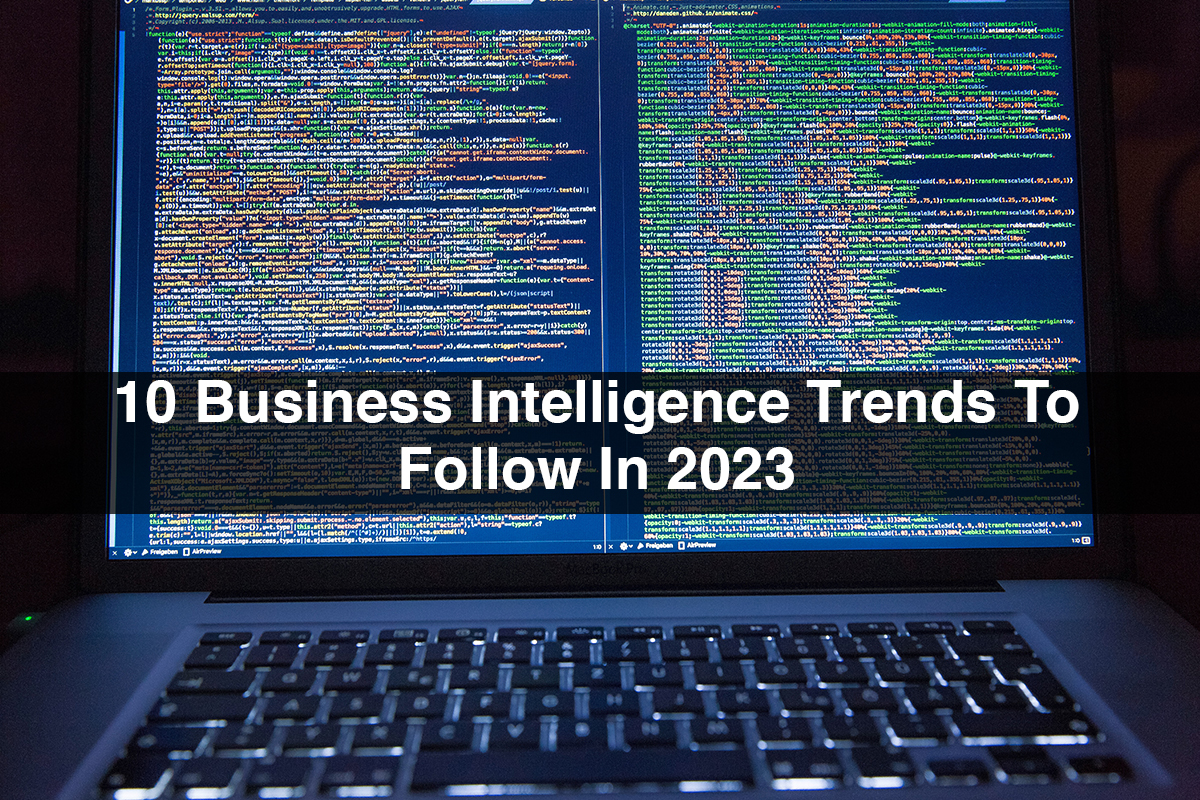10 Business Intelligence Trends To Follow In 2023
Sataware is a leading analytics and enterprise software consulting firm. The result shows which trends are considered the most important by a broad group of experts in the field of BI and analytics. Their answers provide valuable insights into the development and future of business intelligence.
Business intelligence trends
Data quality
BARC points out that there is a simple reason why data quality and data governance are trends in the market: Good decisions can only be based on data that is correct and up-to-date. Therefore, one must be able to trust that the data is correct in order to make the right decisions. The goal of master data management is to collect and share data such as customer, supplier or product master data across different systems.
A data-driven culture
One of the biggest changes in today’s business world is the transformation from isolated and project-oriented computing to a broader data-driven business. In this context, data-driven means that all decisions and processes in business are based on data. Organizations are changing their strategy from having only a select few people access data and insights to distributing data across the organization so that everyone can make data-driven decisions.
Data management
BI or analytical management, which is about the preparation and presentation of data for business management systems, data governance focuses on the actual data in those systems. Data governance is needed as a mechanism for data strategy that addresses how business strategy is translated into data and analytics. Data governance is therefore required to implement a data strategy and includes rules and frameworks for managing, monitoring and protecting data.
Data retrieval and visualization
Data mining is about finding patterns and inconsistencies in data. Data visualization is about presenting data to the right people at the right time. Development in the field of data discovery and data visualization takes place mainly in two areas. Improving user experience and automation is a top priority for many retailers in the industry.
Self-service analysis
Self-service analytics has long been on the wish list of many companies and continues to be a high priority. Users demand that data be available anytime, anywhere and on any device. Businesses are no longer focused solely on offering self-service opportunities. They also want to democratize access to data while ensuring consistent, high-quality data and results.
Modernization of data warehouses
Legacy data warehouse environments have become too complex to support smooth development and are often too expensive. More companies understand the new challenges and see the potential and opportunities that modern data warehouses bring. The innovation in data warehouse technology is the automation of data warehouses. This saves time and makes working with ETL more efficient.

Flexible BI development
In recent years, the term agile has been increasingly used in connection with business intelligence. This term is often used when talking about the development of large IT solutions. Most people who use the term agile BI use the term to express their expectation that existing existing BI solutions and BI organizations will more quickly support business process changes that balance self-service and traditional project delivery.
Notice
Alerting is not a new feature in analytics and BI, but recently the application has changed significantly. Notifications have always been aimed at saving time by ensuring that users’ attention is properly focused. The older approach required one to have a clear definition of what was relevant and therefore failed to deliver what was promised. More recently, notifications have been enhanced by moving from pre-defined relevance to machine-generated recommendations based on usage patterns.
Real-time analysis
Faster reporting and data analysis is a challenge in many companies. There is a growing need to make real-time data available to support faster, fact-based operational decision-making. Real-time analytics means almost instantaneous processing or streaming of business information. You will then be able to capture events or other new data as soon as they occur, ready for visualization or analysis.

Data preparation
The ability to prepare data is a very basic component to achieving good results with BI. Data preparation is the process by which users clean, structure, and enrich data for use in analysis.
Conclusion
Trends from the BARC survey show that companies are ready to start managing and using their own data. In addition, they show that companies care about high data quality and efficient use of data.









